Rotary snowplow
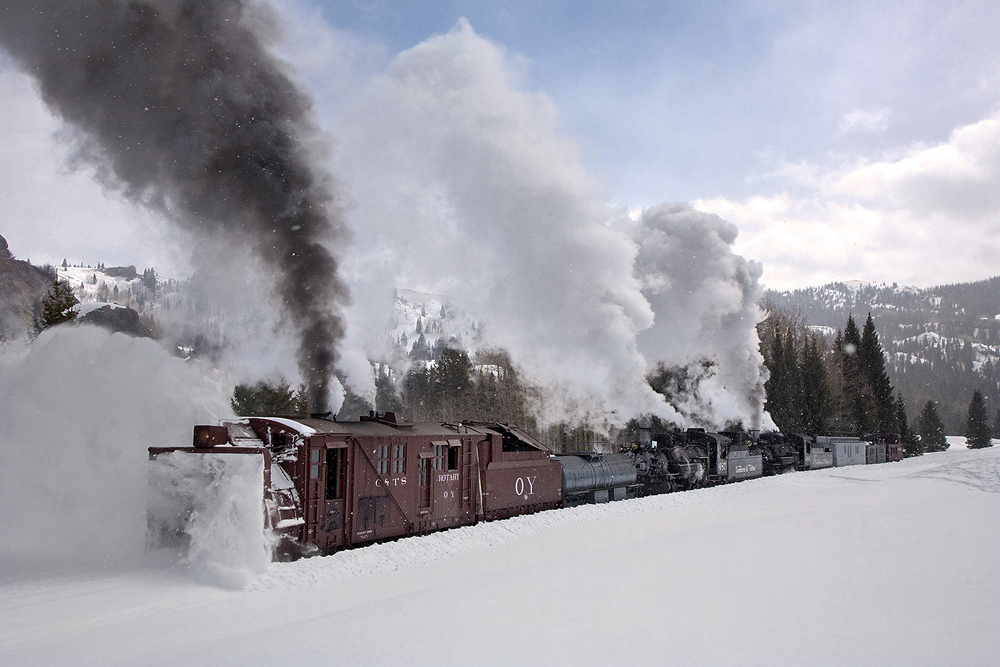
Snow … There are few things that mother nature can throw at the unsuspecting railroader that can wreak such havoc on operations. Those pretty little white flakes can blanket a landscape under an impenetrable frozen glaze, jamming the network and shutting down the main line. Fortunately, there are some tools in the railroader’s arsenal to fight back, depending on the severity of the storm.
The first line of defense is the snowplow. There are various options of spreaders and flangers, and up to a certain level, these can be very effective. Given sufficiently treacherous conditions, you can end up with snow and ice under the plow, resulting in derailed equipment that needs to be rescued.
When that happens, it’s time to call out the big gun — the rotary snowplow. Think of it as a large snowblower on railroad trucks. It’s the last line of defense. These days, you can occasionally find them in operation on Class I railroads.
Union Pacific rosters a rotary, which occasionally gets the call of duty to remove the infamous “Sierra Cement” from California’s Donner Pass. The rotary snowplows that most people are familiar with are on the Denver & Rio Grande Western’s narrow-gauge lines through Colorado and New Mexico.
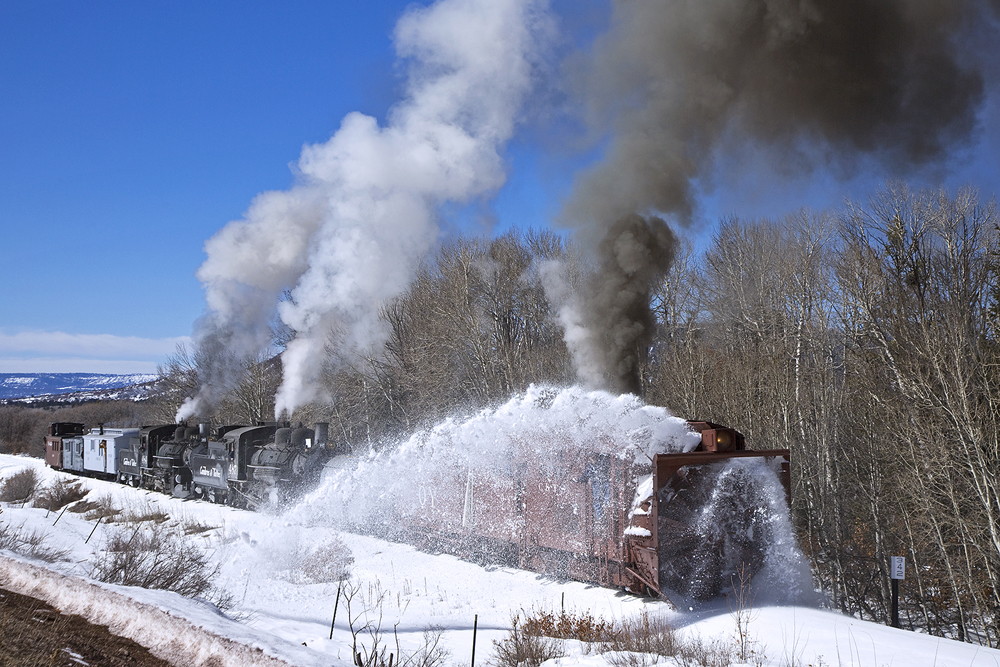
Now operating for tourists only as the Cumbres & Toltec Scenic Railroad, the railroad rosters two rotary snowplows, locomotives OY and OM. In simplest terms, they operate just like a regular steam engine, but instead of providing propulsion for themselves, the steam is used to spin the blade to clear the tracks. That means another engine, or two, is required to move the rotary.
Historically, the Rio Grande’s line over the 10,000-foot elevation of Cumbres Pass has always been a problem. In revenue-service days, the rotaries were stationed in Alamosa, Colo., waiting for the call to re-open the line when trains became stranded in the drifts. They would operate over the easier 2.5% grades over the eastern side of Cumbres Pass, and would then return home to await the next call to duty.
In the tourist era, the shops of Chama, N.M., became the base, and the rotaries would answer the call in the spring to open the line for tourist operations in May — if sufficient snow was present to require their use.
Rotary OM last saw service in the 1970s, and Rotary OY operated three times in the 1990s. If pushing the rotary up the 4% grades on the west side of Cumbres Pass wasn’t challenging enough, the light and fluffy snow had months to turn into a solid ice pack. Long-time railroaders often said the rotaries were worked harder during those sessions than ever before. After the 1997 season, the decision was made to use bulldozers to clear the railroad, and the rotary was parked in Chama.
In 2020, to celebrate the 50th anniversary of the Cumbres & Toltec Scenic Railroad, Rotary OY was put in the shop once again for the first of several anniversary events. This time, things would be a little bit different. Concerned over a free-for-all with potentially hazardous conditions on parallel Highway 17, word came down from the Department of Transportation that viewing options must be controlled, and work zones with highway patrolmen — paid for by the railroad — would be required to protect anyone standing alongside the highway. One hundred and fifty people purchased tickets to be transported by motor coach for the Rotary Photo Special.
The Friends of the C&TS partnered with the railroad to rebuild the carbody, while the Special Projects department worked on the rotary’s boiler and operating parts. In addition, a Narrow Gauge Preservation Foundation grant paid for a new soldered seam tin roof and asbestos abatement. The dates for the photo special were set over the weekend of Feb. 29 and March 1, 2020, and despite a rather dry winter, as the event approached, a storm showed up on cue to provide a layer of snow for the rotary to perform.
Saturday, Feb. 29 dawned cold and clear in Chama. Operations would focus on the New Mexico portion of the railroad, covering about 9 miles to the siding at Cresco on the state line. At the conclusion of the day, all equipment would return to Chama for a night photo session.
On Sunday, March 1, the sno- fighting train proceeded up the line to rendezvous with the photographers at Coxo, Colo., for a day of plowing up to Windy Point and Cumbres. Passengers were allowed to use snowshoes to hike as a group above the Coxo crossing to an open field. Those who took advantage of the option got some of the best views of the entire weekend, as they were presented with a timeless scene of a rotary snowplow working uphill in falling light snow without any distractions.
In the end, the Rotary Snowplow photo special was a financial success and the Rotary OY received some needed maintenance. The high cost of staging the event was reflected in expensive ticket prices, and it is unknown if a repeat will ever happen again. For a few days, though, for those lucky enough to attend, the operation of Rotary OY on the Cumbres & Toltec Scenic Railroad really was the greatest show on rails.
For more information on what a photo charter or special is, read “The rise of diesel photo charters.”
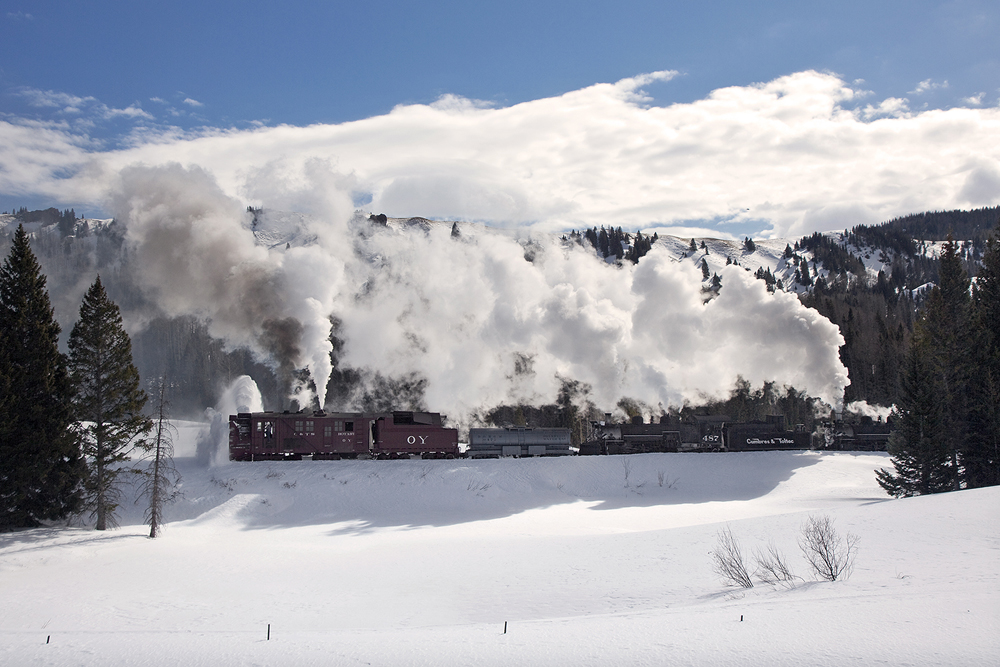

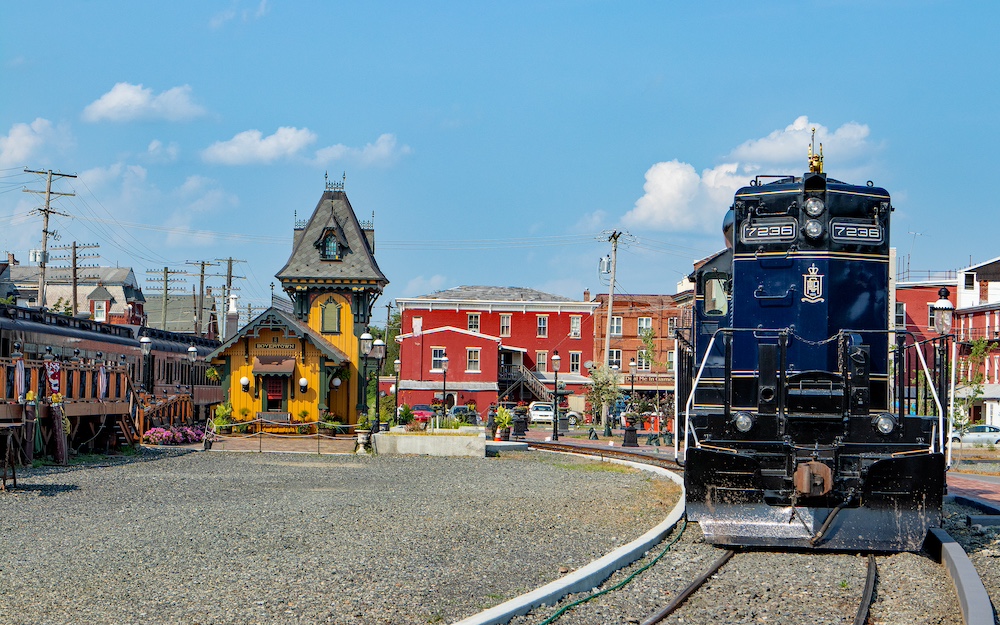
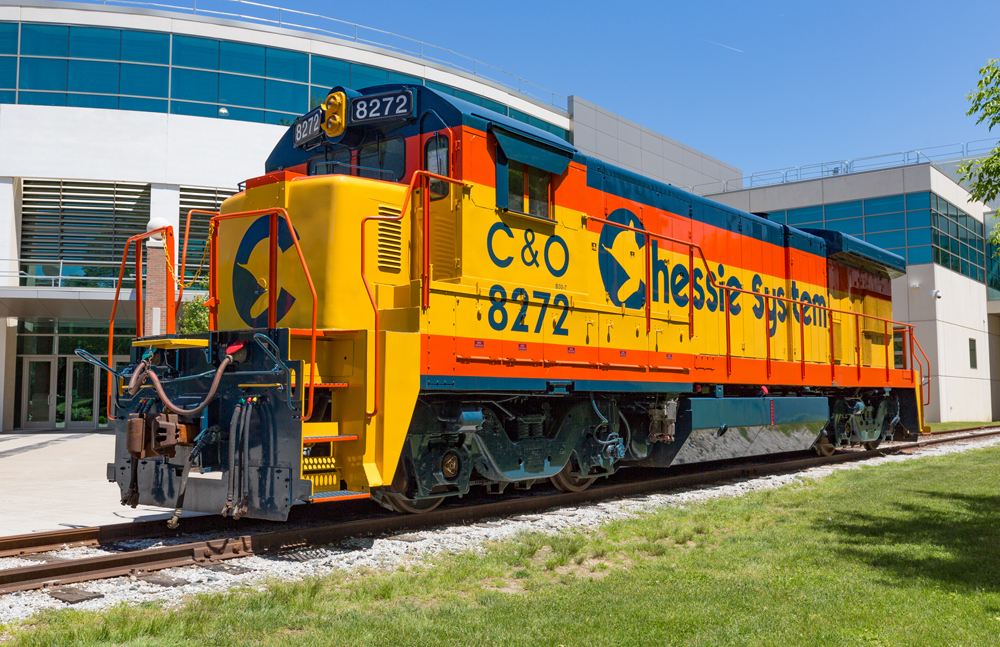
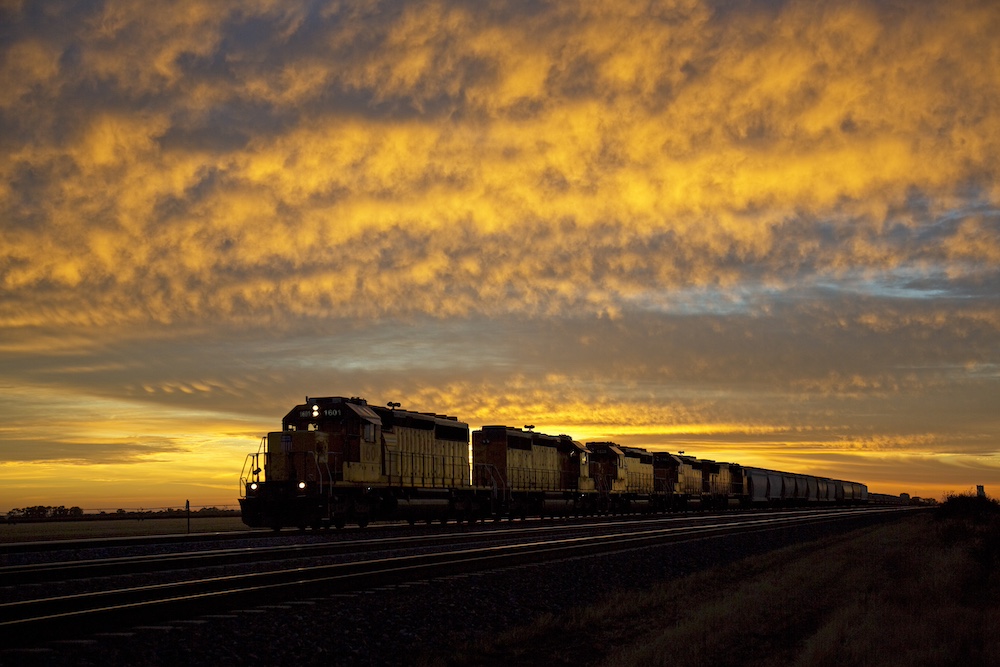
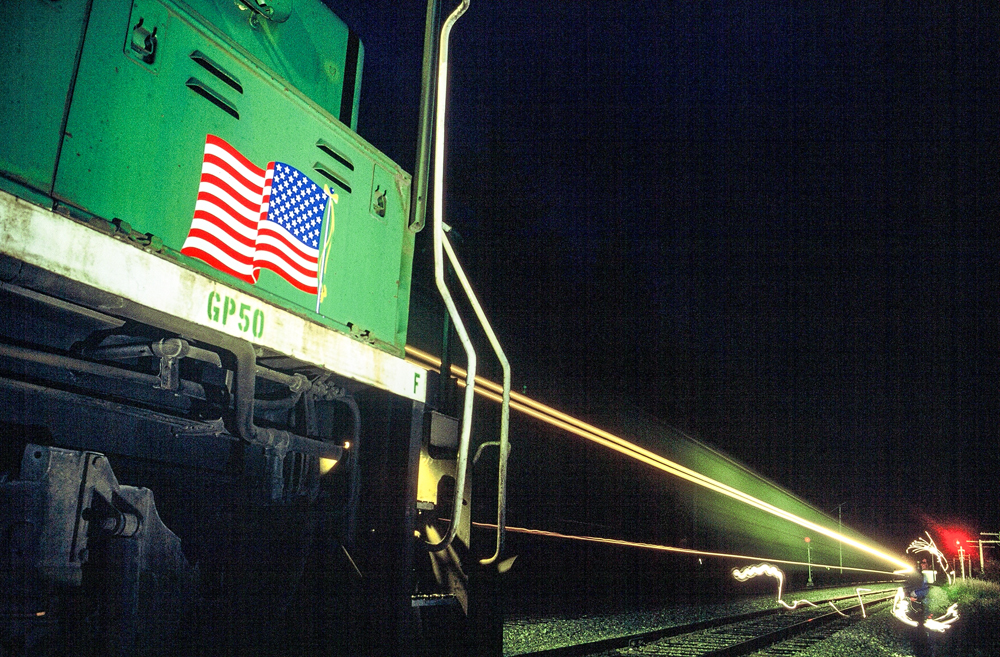




I was amongst the group of snow shoe photographers that made it up to Coxo. It was truly a wonderful experience (and first time snow shoeing for me.) One funny story about that moment: Shortly before the train arrived, and random group of recreational snow shoers popped out of the woods behind us. Afraid that they would walk into the path of the train we quickly asked them to hangout out quietly for a moment and enjoy the show. They obliged, and stood there quietly as our group of hi-vis clad foamers took photos of the OY in all its glory. After the train passed I went over an thanked our unexpected guests and one of the group replied that she “Was surprised to find so many people out in the middle of nowhere protesting her government!” It turns out she was visiting from France and this was around the time of the “yellow vest” protests in Paris, I imagine popping out of the woods and seeing a couple dozen yellow vest clad photographers standing in the middle of nowhere must a have been quite a sight.